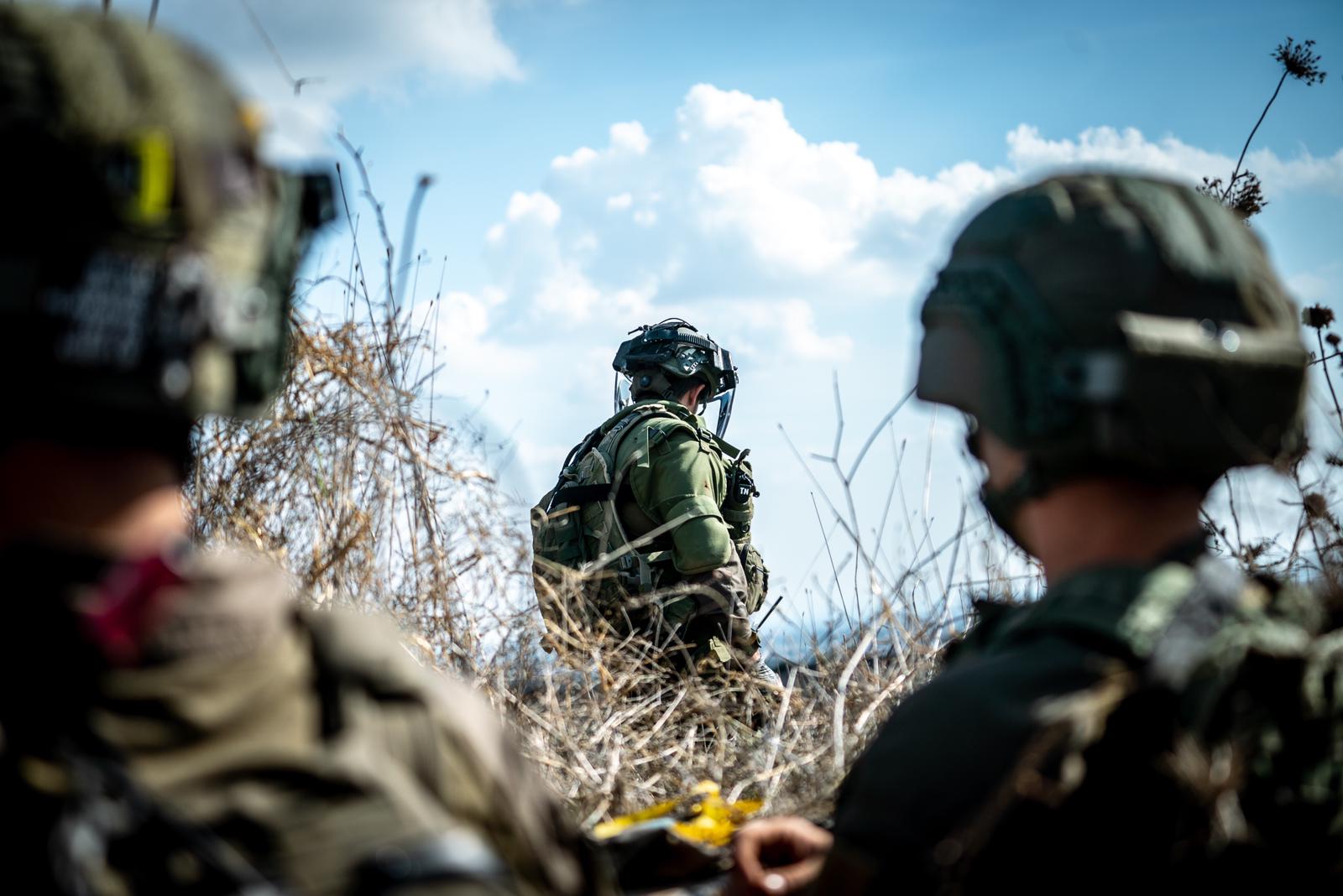Trump and the Law on Torture
Given President Trump’s enthusiasm, as a presidential candidate, for enhanced interrogation, waterboarding, torture, and “worse,” as well as his eagerness to contrast himself at every opportunity with President Obama, one might have expected to see the use of such methods reinstated after he became President. At the one year mark, however, the issue seems conspicuously absent.
Published by The Lawfare Institute
in Cooperation With

Given President Trump’s enthusiasm, as a presidential candidate, for enhanced interrogation, waterboarding, torture, and “worse,” as well as his eagerness to contrast himself at every opportunity with President Obama, one might have expected to see the use of such methods reinstated after he became President. At the one year mark, however, the issue seems conspicuously absent.
During his first State of the Union address earlier this year, President Trump called for treating terrorists “like the terrorists they are.” He spoke about annihilating them when possible and questioning them when necessary. He specifically referred to his newly signed executive order, aimed at keeping the Guantanamo Bay detention facilities open. But he did not comment on what interrogation methods he would authorize.
His silence on the issue follows its omission from National Security Strategy (NSS) that the Trump administration released last year. The NSS discusses ways to improve the quality of intelligence gathering, notably by making more effective use of open source material, exploiting interagency partnerships and taking advantage of emerging technologies. It pledges commitment to the nation’s founding principles, including the rule of law. As for the rack and thumbscrew, however, there is nary a comment.
Why? It may be that the guidance of defense establishment professionals, like Defense Secretary James Mattis, is being followed. He believes that building rapport is more productive during interrogation than torture. You can do better, Mattis has said, with “a pack of cigarettes and a couple of beers.”
Or it may be something more fundamental. President Trump may be heeding his lawyers’ advice that, if such measures were ever legally defensible, they are less so now than ever before.
In 2002, the Bush administration cited as justification for its adoption of enhanced interrogation techniques the 1978 European Court of Human Rights (ECHR) decision in Ireland v. United Kingdom, known as the Irish State Case. That case, a product of the United Kingdom’s struggle against the Irish Republican Army, upheld the British practice of subjecting individuals detained without trial to five “techniques” of interrogation:
(a) wall-standing: forcing the detainees to remain for periods of some hours in a "stress position", described by those who underwent it as being "spread eagled against the wall, with their fingers put high above the head against the wall, the legs spread apart and the feet back, causing them to stand on their toes with the weight of the body mainly on the fingers";
(b) hooding: putting a black or navy coloured bag over the detainees’ heads and, at least initially, keeping it there all the time except during interrogation;
(c) subjection to noise: pending their interrogations, holding the detainees in a room where there was a continuous loud and hissing noise;
(d) deprivation of sleep: pending their interrogations, depriving the detainees of sleep;
(e) deprivation of food and drink: subjecting the detainees to a reduced diet during their stay at the centre and pending interrogations.
The British employed these tactics against 14 detainees, known as the “Hooded Men.”
In a feat of ratiocination worthy of history’s most baroque legal fictions, the ECHR acknowledged that these methods constituted “inhuman and degrading treatment” but then approved their use. It decided that, however inhuman and degrading hooding, beating, stress positions and enforced sleeplessness may be, they were “not torture.”
In the aftermath of 9/11, Bush administration lawyers adopted that rationale. Under the enhanced interrogation program, detainees were subjected to waterboarding and the “five techniques,” among other practices. Justice Department memoranda, known as the “torture memos,” declared that enhanced interrogation was lawful because U.S. and international law specifically outlawed “torture” but did not make “cruel, inhuman, or degrading treatment” a crime. Hence, the distinction drawn in the Irish State Case formed part of the legal foundation for the program.
Recently, however, this legal foundation was eroded significantly when the High Court in Belfast revisited the issue and rendered a new "Hooded Men" judgment in October 2017. In reviewing the use of the “five techniques” against the fourteen “Hooded Men,” the High Court took testimony about what actually occurred - the beatings, the bindings and the enforced sleepless disorientation - and found the “Hooded Men” were subjected to more than inhuman and degrading treatment. They were, in fact, tortured. The High Court noted its belief that the ECHR would concur if it again confronted the interrogation techniques used on the “Hooded Men,” stating: “[I]f the events here at issue were to be replicated today the outcome would probably be that the [ECHR] would accept the description of torture in respect [of] these events as accurate.”
In effect, this casts serious doubt on any reliance on the Irish State Case to justify the resumption of the enhanced interrogation methods or to re-construe prior U.S. interrogation programs as lawful.
In addition, U.S. law has changed. In 2015, a bipartisan coalition of members of Congress led by torture victim Sen. John McCain and Sen. Dianne Feinstein codified the protections that President Obama originally put forth in his executive order on ensuring lawful interrogations when it passed an anti-torture provision as part of the 2016 National Defense Authorization Act. This legislation bans any interrogation methods not permitted by Army Field Manual 22.3.
The Army Field Manual gets it right. It treats the Irish State Case’s distinction between inhuman and degrading treatment on the one hand and torture on the other as flawed legal reasoning and a false distinction, prohibiting both. At present, therefore, the law is clear. Torture, waterboarding and inhuman and degrading interrogation techniques are all illegal.
Do the State of the Union or NSS signal President Trump’s acceptance of the law on these matters? Not necessarily. His belief in the effectiveness of waterboarding and torture has renewed debate about how far interrogators may go to extract information. CIA Director Mike Pompeo has expressed a willingness to revisit the rules governing interrogations and seek “improvements” if existing procedures are shown to impede gathering vital intelligence to protect the country. That said, any such changes would require Congress to pass a new law or the Pentagon to amend the Army Field Manual.
In any event, such a return would be unwise. Certain tactics have strategic ramifications. The nation’s recourse to such methods in the aftermath of 9/11—however understandable given the paucity of reliable intelligence and the existential nature of the threat—damaged our moral standing in the world. It hurt our relationships with allied intelligence agencies, some of which stopped sharing intelligence with us. It allowed the Russians and others to discredit our ideals as false and hypocritical. And it served as fertile ground for radical Islamist recruitment. “Abu Ghraib” remains synonymous with torture throughout much of the world and continues to be used as a recruiting tool by terrorist groups.
Furthermore, because evidence adduced under duress is considered unreliable and often inadmissible, the use of such methods has also contributed to the denial of justice to the families of the victims of the 9/11 attacks, who still await the trials of the remaining 9/11 conspirators. Adoption of the enhanced interrogation tactics has come, therefore, at a heavy cost.
Does torture work? That’s debatable, although we have our doubts. Given the history of enhanced interrogation, however, two conclusions are ineluctable: First, the resumption of its use would place our broader national security interests in jeopardy; and second, resumption could not be accomplished without manipulating the law, as the Irish State Case and torture memos did, to justify a pre-ordained result.
The cost of such manipulation in undermining respect for the rule of law and putting our national security policies at odds with our values has been shown to be too high. The “Hooded Men” should be seen as relics of an unfortunate past, not as harbingers of a tragic future.





